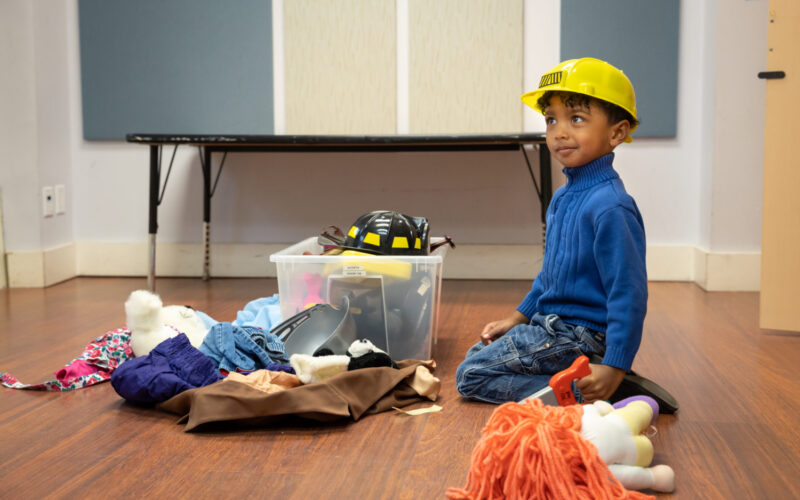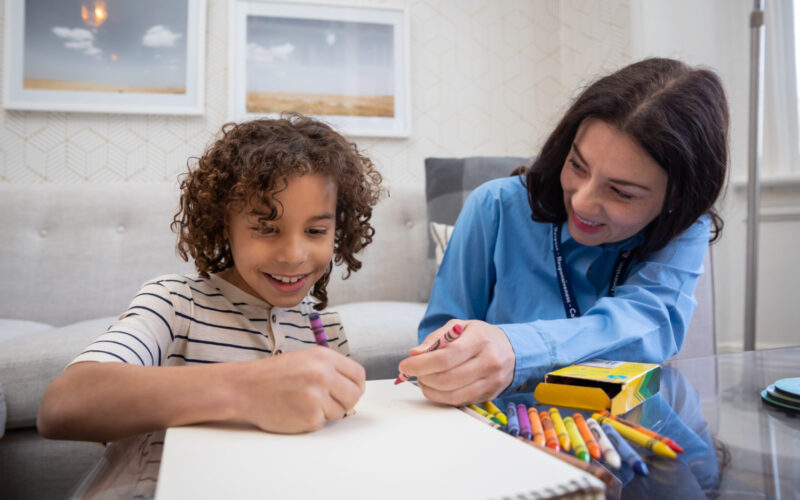How to Set Up an IAS in the Home
OCTOBER 13, 2020
WHAT IS AN IAS?
An independent activity schedule (IAS) is a set of pictures or words that signals a child to complete a group of activities. It enables your child to do activities independently with minimal supervision. It can give your child a chance to engage in purposeful activities at home and school.
WHY IS AN IAS USEFUL?
Individuals with autism often respond better to visual cues than verbal instructions. An IAS can be an effective visual tool that can help your child learn to stay on task, shift from one activity to another and complete functional life skills. An IAS can also help reduce mild misbehaviours such as non-compliance and seeking attention inappropriately. It can be used as part of your child’s daily routine at home and at school or during times where adult attention is limited (i.e., caregivers are busy helping a sibling, cooking or talking on the phone). An IAS can be adjusted for the developmental needs of your child. For example, pictures can be used for early learners or those who can’t read, and written instructions can be provided for those who can.
- Pick activities or have your child choose the activities. Activities should have a clear beginning and end. You can also use a timer to signal the start and end of an open-ended activity for older or advanced learners. Start with 1-2 activities and increase the amount as your child gets better at doing it. Examples of activities include: puzzles, reading books, stringing beads, building train sets, sorting (cutlery, laundry), worksheets, building blocks, playdough, arts and crafts, peg boards, setting the table, chores
- Pictures or text should be clear
- The schedule can be presented in a small binder, in a folder or as a list of pictures or words
- Make the activities easily accessible (in bins on a shelf, laid out on a table or on the floor)
- Identify your child’s favourite activity or item. Your child should get this as a reward once he/she completes the activities in the IAS “
- Give the instruction – e.g., “Do your activities”
- Guide child to the schedule
- Guide child to point to first activity
- Guide child to pick up activity and bring it to their workspace
- Guide child to complete activity
- Guide child to tidy up and return the activity (if appropriate)
- Guide child to check what the next activity is and repeat steps until schedule is completed
- Guide child to indicate to you they are all done, either with an all done picture or verbally
- As your child becomes more independent, decrease the amount of help you are providing so they can learn to do it by themselves
- To set your child up for success, make sure they are motivated to get the reward at the end
- Avoid directing them too much – give your child an opportunity to complete activities by themselves as much as possible and only help when needed
- Some activities can be 15-20 mins long. Vary the activities where some are shorter (pegs) and some are longer (jigsaw puzzle)
- Choose activities your child can complete independently – avoid brand new or difficult tasks
- If your child gets distracted, guide them back to the task by pointing to the activity and encourage them to keep going
- If your child makes a mistake, step in, bring your child back to the last successful step and provide them with the help they need to complete the more difficult step correctly
- If your child gets off task, gently remind them what item or activity they get when they are finished (e.g., “First activities, then Frozen movie”)


